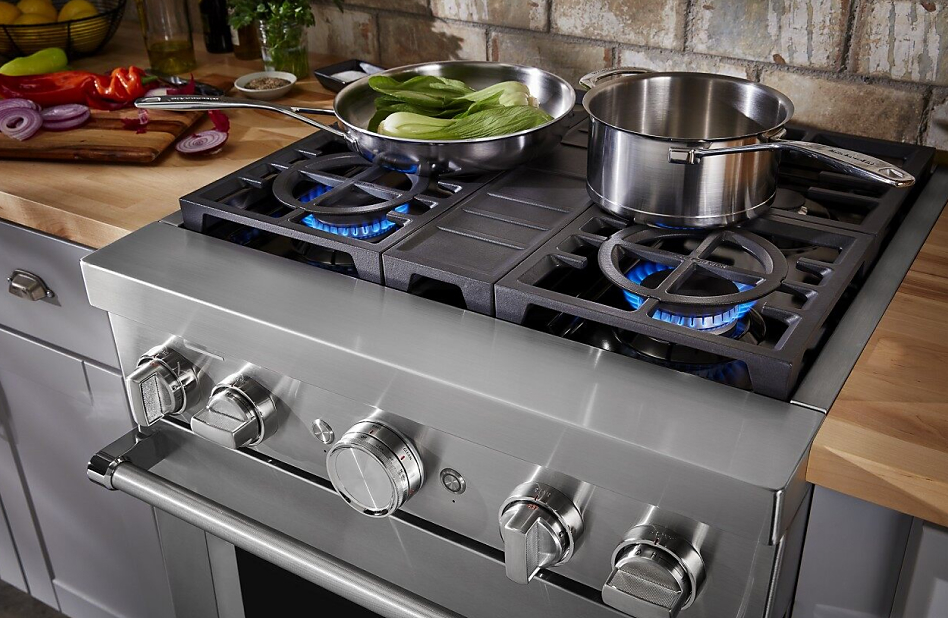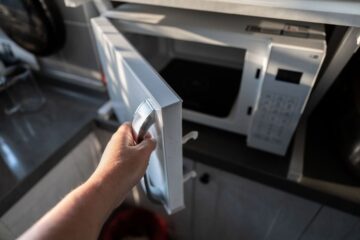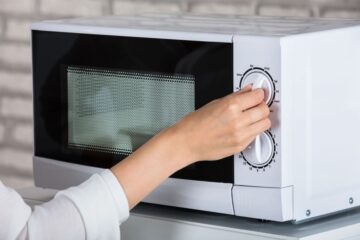Cooking enthusiasts are always on the lookout for the latest technology to make their cooking experience faster, more efficient, and more enjoyable. Induction cooking has become increasingly popular due to its speed, precision, and energy efficiency. However, before you can enjoy these benefits, you need to ensure that your stove is induction-ready. In this article, we will guide you on how to check if your stove is induction-ready and provide options for upgrading your cooking setup.
What Is an Induction Cooktop?
Before we delve into how to check for induction compatibility, let us first understand what an induction cooktop is. Induction cooking technology uses magnetic fields to generate heat, which directly heats the cookware. Unlike gas and electric cooktops, which heat the surrounding air, induction cooktops heat the cookware directly, making it faster and more efficient. Induction cooktops have become increasingly popular due to their energy efficiency, speed, and precision.
How Do You Know if Your Stove is Induction Ready?
There are several ways to determine if your stove is induction ready. Below are the key factors to consider:
Conducting the Magnet Test
The magnet test is the simplest and most reliable way to check if your stove is induction ready. Follow these steps:
- Place a magnet on the bottom of your cookware. If the magnet sticks, it is induction compatible.
- If the magnet does not stick, it means that your cookware is not induction compatible.
Other Ways to Check Induction Compatibility
If you do not have a magnet or prefer another method, here are other ways to check induction compatibility:
- Use induction cookware. If you have induction cookware, place it on the stove and turn on the burner. If it heats up, your stove is induction ready.
- Consult the manufacturer’s manual or website. Look for information on induction compatibility in the specifications or user manual.
- Check for an induction symbol. Look for an induction symbol on the stove or cookware. The symbol looks like a coil with waves radiating from it.
What to Do If Your Stove Is Not Induction Ready?
If your stove is not induction ready, you have several options:
- Use an induction cooktop converter. An induction cooktop converter is a disc that you place on your non-induction cookware, which makes it compatible with an induction stove.
- Upgrade to an induction stove. Upgrading to an induction stove is the best option if you plan on cooking with induction regularly. Induction stoves are designed specifically for induction cooking and offer the best performance.
- Stick with your current stove. If you do not plan on cooking with induction regularly, you can stick with your current stove and continue using non-induction cookware.
Using an Induction Cooktop Converter
If you choose to use an induction cooktop converter, here are the pros and cons to consider:
Pros:
- Allows you to use non-induction cookware on an induction stove
- Cost-effective compared to purchasing a new stove
- Portable and easy to store
Cons:
- Slower heating compared to induction cookware
- Limits the size of the cooking surface
- Not suitable for all types of cookware
Factors to consider before purchasing an induction cooktop converter:
- Size and compatibility with your cookware
- Power and wattage
- Material and durability
Upgrading to an Induction Stove
Upgrading to an induction stove offers the best performance for induction cooking. Here are the factors to consider:
- Types of Induction Stoves: There are two types of induction stoves: built-in and portable. Built-in induction stoves are installed directly into the kitchen counter and are designed to fit seamlessly into your kitchen design. Portable induction stoves, on the other hand, are stand-alone units that can be moved around your kitchen or even taken with you on the go. Depending on your kitchen layout and personal preferences, you may prefer one type over the other.
- Size and Capacity: Induction stoves come in various sizes, so it is important to choose one that fits your kitchen space and cooking needs. Consider the number of burners you need, the size of your pots and pans, and the overall cooking surface area.
- Power and Efficiency: Induction stoves vary in power and efficiency levels. Look for a model that has a high wattage for faster cooking times and precise temperature control. Also, consider the energy efficiency rating of the stove to save on your electricity bills.
- Additional Features: Some induction stoves come with additional features such as safety locks, timers, and preset cooking modes. Consider which features are important to you and will enhance your cooking experience.
When upgrading to an induction stove, it is important to have a licensed electrician install the unit to ensure it is connected properly and safely.
Alternatives to Induction Cooking
While induction cooking offers many benefits, it may not be the best option for everyone. Here are some alternative cooking options to consider:
- Gas Stove: Gas stoves provide a classic cooking experience and offer precise temperature control. They are also more energy-efficient than electric stoves and are often preferred by professional chefs.
- Electric Coil Stove: Electric coil stoves are a budget-friendly alternative to induction stoves. They offer a similar cooking experience but are less efficient and take longer to heat up.
- Ceramic Cooktop: Ceramic cooktops are another option that offers a sleek, modern design. They are easy to clean and offer fast cooking times but may not be as energy-efficient as induction stoves.
When choosing the best cooking option for your kitchen, consider your budget, cooking preferences, and energy efficiency needs.
What Kind of Cookware is Suitable for Induction Cooking?
Using the right cookware is essential for successful induction cooking. Here are the characteristics of induction-friendly cookware:
- Magnetic Bottom: Induction stoves rely on a magnetic field to generate heat, so it is important to use cookware with a magnetic bottom. This includes cast iron, stainless steel, and some types of aluminum cookware.
- Flat Bottom: Cookware with a flat bottom is essential for even heat distribution and maximum contact with the induction stove. Avoid cookware with rounded or warped bottoms that may not make proper contact with the stove.
- Size: Choose cookware that fits the size of the induction stove burner for efficient heat transfer.
- Quality: Invest in high-quality cookware that is built to last and can withstand the high temperatures and demands of induction cooking.
Materials to avoid for induction cooking include copper, glass, and non-magnetic stainless steel.
Tips for Cooking on an Induction Stove
Cooking on an induction stove may require some adjustments to your cooking techniques. Here are some tips to help you get started:
- Use the Right Cookware: As mentioned earlier, using the right cookware is essential for successful induction cooking. Make sure your cookware has a magnetic bottom and a flat surface.
- Adjust Temperature Settings: Induction stoves heat up quickly, so it is important to adjust the temperature settings accordingly. Start with a low heat setting and increase gradually as needed.
- Use a Timer: Induction stoves offer precise temperature control and timing features. Use the timer to ensure your food is cooked to perfection and to avoid overcooking.
- Avoid Sliding Cookware: Since induction stoves use a magnetic field to generate heat, sliding your cookware on the surface can scratch the cooktop. Always lift your cookware to move it around.
- Keep the Cooktop Clean: Cleaning your induction stove regularly will help maintain its performance and longevity. Use a soft cloth or sponge with a non-abrasive cleaner to wipe down the cooktop after each use.
- Don’t Heat an Empty Cookware: Induction stoves heat up quickly, and heating an empty cookware can damage it. Always ensure there is food or liquid in your cookware before turning on the stove.
- Avoid Boiling Over: Induction stoves heat up fast, so it’s easy for liquid to boil over. Keep an eye on your cookware and adjust the temperature as needed to avoid boiling over.
Conclusion
In conclusion, upgrading to an induction stove can enhance your cooking experience with its fast and precise heating capabilities. Remember to use the right cookware, adjust the temperature settings, use a timer, avoid sliding cookware, keep the cooktop clean, don’t heat an empty cookware, and avoid boiling over to ensure safe and efficient induction cooking.

![Samsung Microwave Oven Errors/Faults | C-Codes [Solved] samsung microwave oven errorsfaults c-codes](https://thekitcheneye.com/wp-content/uploads/2023/04/samsung-microwave-oven-errorsfaults-c-codes-360x240.jpg)

